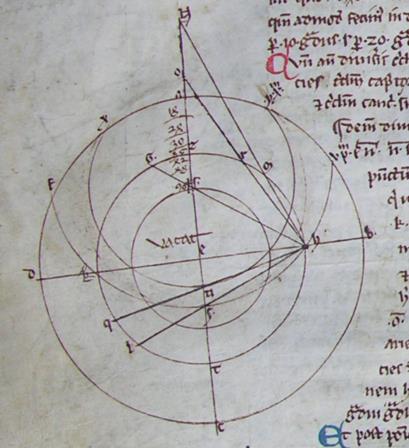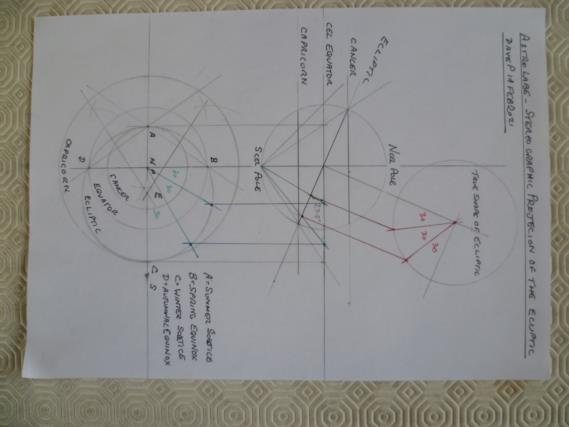
NavList:
A Community Devoted to the Preservation and Practice of Celestial Navigation and Other Methods of Traditional Wayfinding
From: David Pike
Date: 2021 Feb 15, 03:29 -0800
Geoffery Kolbe you wrote: The best book I found for the theory of astrolabes and how to build them was "Practical Astronomy" by W. Schroeder, published by Werner Laurie in 1956. You need to use the largest piece of paper you can find to draw out the projections so you can make an astrolabe of useful size. The astrolabe I made in the photo below is about five inches across and I needed two A3 pieces of paper taped together to make that.
Thank you, Geoffrey. I thought you might pick that one up although I was going to save asking you in case I needed help interpreting the diagram for producing the Almucantars and Azimuth lines as per the diagram in St John’s College copy of the Latin translation of Compositio et operatio astrolabii (Photo 1). If all else fails, there’s the St John’s College Flatpack Kit astrolabe.dvi (cam.ac.uk) for 52N, which isn’t too far from the ‘clear sky’ area on Kelling Heath in Norfolk where we sometimes visit, but I think it would be more fun to try and construct my own lines. I can see now why geometry was an important part of the teaching of the monks and friars of old.
Re: the stereographic projection of the ecliptic, I think I’ve answered my own question. I hadn’t really followed through on the true shape of section (coloured amendments to photo 2). I’m moderately happy now with the projection of the ecliptic being a true circle, so long as it’s correct to split the construction of the ecliptic on the faceplate (bottom centre) into equal 30 degree segments the same as I started by doing on the true shape (top right).
I can see I’m going to have to get my old drawing board and tee square out. I note I bought my tee square in 1962. As first year students, we used to make paper darts from College supplied best quality A1 drawing paper and launch them from the drawing office on the top floor of the Elec Eng Building on Exhibition Road. They would fly for miles. When my son’s company moved offices having been Cad/Cam for years, I was offered one of the old-style drafting machines, but we had nowhere to keep it, so I had to refuse. DaveP


.JPG.thumb.jpg)






